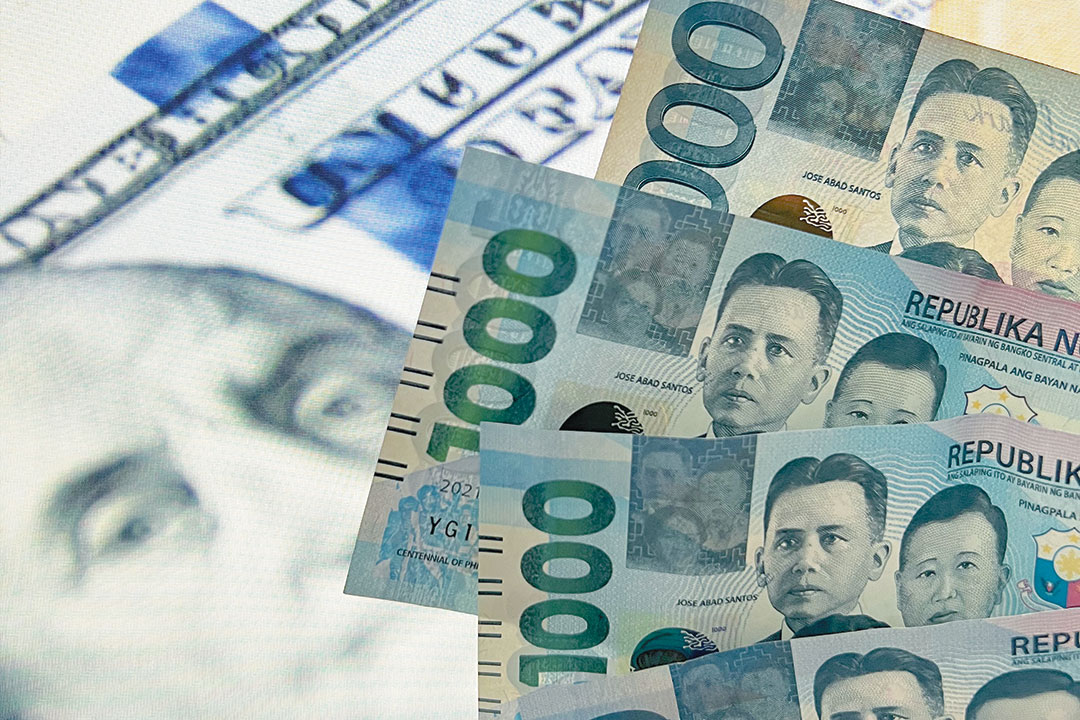Metro cuts curfew hours, eases more restrictions
METRO Manila mayors have agreed to reduce curfew hours from midnight to 4 a.m. amid a coronavirus pandemic, and may shorten these further during the holiday season.
The shorter curfew would start this week after the cities change their ordinances, Metro Manila Development Authority (MMDA) General Manager Jose Arturo S. Garcia, Jr. told an online news briefing on Monday.
Most cities in the capital region, which is made up of 16 cities and one municipality, had imposed a 10 p.m. to 5 a.m. curfew.
The mayors adopted the shorter curfew during a meeting of the Metro Manila Council on Sunday, Mr. Garcia said.
All the cities will adopt the new curfew hours except for Navotas, which is enforcing a curfew of 8 p.m. to 5 a.m., he added.
The curfew may be cut further to three hours from midnight to 3 a.m. in December as the predominantly Catholic nation prepares for night masses, Mr. Garcia said.
Mayors also raised the attendance limit in face-to-face religious services to 30% of capacity from 10%. Metro Manila has been under a general lockdown for more than two months now.
The capital region will also allow people 18 to 65 years old to go outside their homes. Before this, only those aged 21 to 60 years were allowed to leave their homes, although this had not been strictly enforced.
Allowing more people to go outside was meant to boost the economy as more sectors are reopened, Mr. Garcia said.
The Department of Health (DoH) reported 2,638 coronavirus infections on Monday, bringing the total to 359,169.
The death toll rose by 26 to 6,675, while recoveries increased by 226 to 310,303, it said in a bulletin.
There were 42,191 active cases, 83.1% of which were mild, 11.3% did not show symptoms, 2.1% were severe and 3.6% were critical.
Quezon City reported the highest number of new cases with 141, followed by Cavite with 140, Laguna with 128, Batangas with 120 and Rizal with 108.
Of the new deaths, six came from Metro Manila, four from Soccsksargen, three from Zamboanga Peninsula, and two each from Western Visayas, Eastern Visayas and the Calabarzon region.
The Ilocos region, Central Luzon, Northern Mindanao, Davao region, Bangsamoro Autonomous Region in Muslim Mindanao (BARMM) and Cordillera Administrative Region reported one death each, DoH said.
The death rate was at 1.86%, lower than the global rate of 2.77%, while the infection rate was at 9.87%, higher than the World Health Organization (WHO) benchmark of less than 5%.
The virus reproduction number in the Philippines was at 0.935 as of Oct. 4, meaning one person can infect one more person. It takes 12.35 days to double cases and 17.47 days to double deaths, the agency said.
More than 4.1 million people have been tested for the coronavirus, it added.
Also on Monday, Health Undersecretary Maria Rosario S. Vergeire said the agency was P10.5 billion short of funds for coronavirus vaccines to cover a fifth of the Philippines’ more than 100 million population.
DoH needs more than P12 billion to inoculate priority groups including health workers and the poor, told an online news briefing.
It only has allotted P2.5 billion for vaccines in its budget for next year, she added. The Department of Health (DoH) will get a P204-billion budget next year.
The cost considered two doses for each person, Ms. Vergeire said.
The Philippines has funds to buy coronavirus vaccines but it needs more so the entire population of more than 100 million could be inoculated, President Rodrigo R. Duterte said last week.
He said he would look for more funds so all Filipinos could be vaccinated. The President said he was okay with vaccines developed either by Russia or China.
Marikina Rep. Stella Luz A. Quimbo at the weekend said vaccinating 20 million Filipinos would cost almost P13 billion. She added that the proposed budget was only enough to cover 3.9 million Filipinos at a testing price of P641 each.
Some lawmakers have said intelligence funds of the Executive branch should be channelled to the health sector. — Gillian M. Cortez and Vann Marlo M. Villegas



